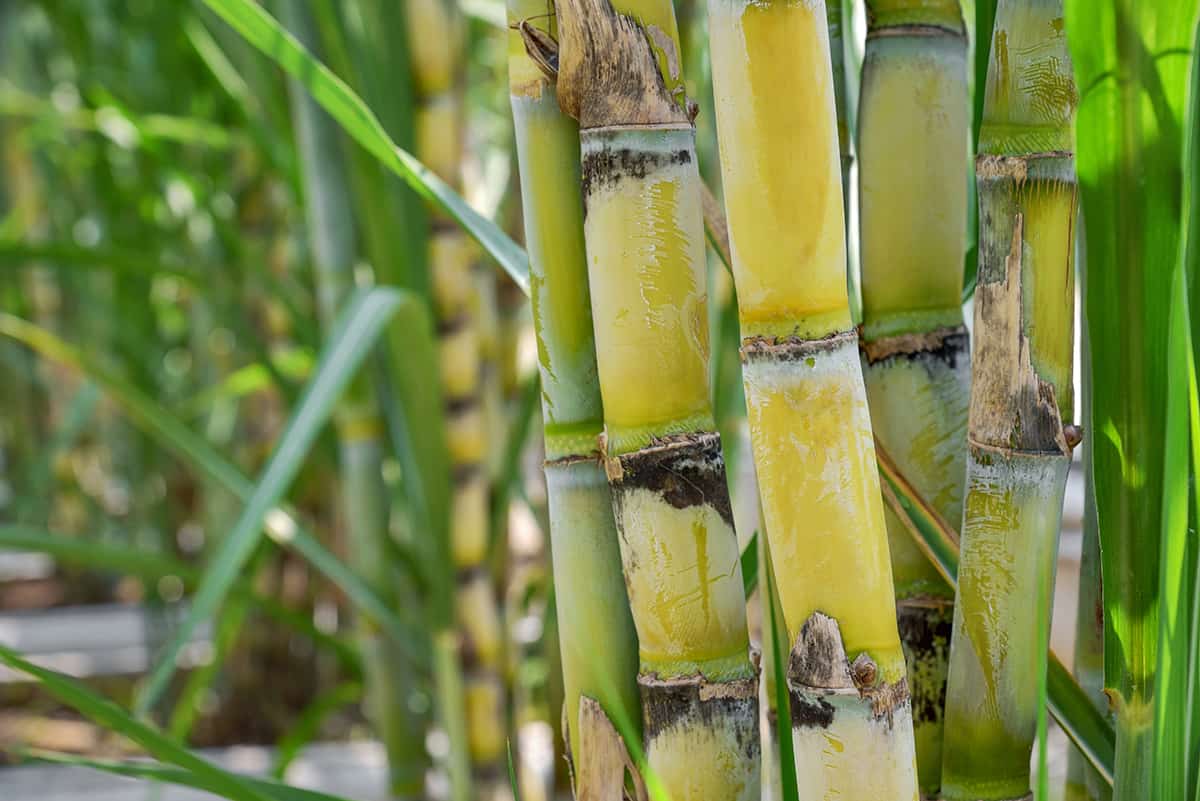Exactly How Walking Stick Sugar Handling Chemicals Improve Sugar High Quality and Yield
The duty of processing chemicals in walking stick sugar production is crucial, as they straight affect both the top quality and return of the end product. By using substances such as lime and phosphoric acid, manufacturers can effectively get rid of impurities and enhance removal performance. The incorporation of triggered carbon and enzymes offers to maximize the malfunction of intricate sugars, inevitably leading to a purer and higher-quality sugar. The ins and outs of just how these chemicals communicate within the processing environment raise inquiries concerning their lasting effects and possible innovations in the sector.
Overview of Walking Stick Sugar Handling
Walking stick sugar handling involves a collection of critical actions that change raw sugarcane right into refined sugar items. The procedure begins with harvesting, where fully grown sugarcane stalks are cut and transferred to processing centers. Upon arrival, the walking stick goes through cleaning to get rid of contaminations such as soil and plant products.
Following cleaning, the walking stick is squashed to remove the juice, which has sucrose - sugar and cane. This juice undergoes information, where lime and warmth are utilized to get rid of remaining impurities and non-sugar elements. The clarified juice is after that vaporized to concentrate the sugar content, leading to the formation of thick syrup
Following, the syrup is taken shape through a controlled air conditioning process, leading to sugar crystals. These crystals are divided from the remaining syrup in centrifuges. The raw sugar obtained is usually brownish as a result of recurring molasses material. To accomplish polished sugar, additional filtration steps are applied, consisting of cleaning, re-crystallization, and drying.
The final product is either packaged as raw sugar or additionally refined right into white sugar, accommodating various consumer and commercial demands. This thorough series of steps makes certain the manufacturing of top quality sugar, crucial for numerous applications in food and drink industries.
Trick Processing Chemicals Utilized
The production of polished cane sugar relies on different processing chemicals that play significant duties at various stages. This step is important for improving the general top quality of the drawn out juice.
Phosphoric acid offers a dual purpose; it improves the explanation procedure and aids in the removal of color-forming substances, contributing to a greater pureness of the end product. Additionally, sulfur dioxide operates as a bleaching agent, enabling for the effective removal of undesirable pigments and enhancing the shade of the sugar.
Other remarkable chemicals consist of turned on carbon, which is used for more decolorization, and enzymes that assist in the breakdown of complicated sugars right into easier types, therefore boosting return. The cautious option and application of these processing chemicals are essential for enhancing the efficiency of sugar removal and refining procedures, ultimately leading to an extra constant and better sugar item.

Influence On Sugar Quality
How do processing chemicals affect the quality of polished sugar? The intro of various chemicals in the cane sugar processing phase dramatically boosts the purity and overall quality of the last product.
In addition, making use of triggered carbon and ion-exchange resins during the refining procedure plays an essential role in Home Page eliminating off-flavors and unwanted odors, adding to the sugar's sensory account. This improvement not just raises the organoleptic and visual qualities but also boosts the service life by reducing microbial task connected with pollutants.
Additionally, the precise application of these chemicals makes sure that the sugar displays a regular grain dimension and flowability, which are important qualities for both commercial applications and customer preferences. In general, the calculated use handling chemicals is fundamental in accomplishing high-quality polished sugar that satisfies industry standards and customer assumptions.

Enhancing Return Efficiency
Enhancing return effectiveness in walking stick sugar processing includes maximizing various stages of production to make best use of the amount of sugar extracted from raw walking stick. One critical facet is the option and application of suitable handling chemicals, which can help with the breakdown of cell wall surfaces and improve sugar launch during extraction. Chemicals such as acids and enzymes play a crucial function in this procedure by hydrolyzing polysaccharides and dissolving impurities, consequently improving the general extraction performance.

Normal tracking and adjustment of processing parameters are vital to maintain effectiveness throughout manufacturing (sugar and cane). By using these techniques, sugar producers can not just boost the amount of sugar acquired yet additionally lower waste and lower production expenses, adding to a much more rewarding and sustainable sugar handling procedure
Benefits for Producers and Consumers
Cane sugar processing chemicals provide substantial advantages for both customers and manufacturers, developing a more reliable and lasting industry. For producers, these chemicals enhance extraction processes, leading to greater returns and improved sugar quality.
For consumers, the benefits are just as compelling. The improved high quality of sugar translates to far better taste and uniformity in food. Additionally, making use of processing chemicals can bring about an extra steady supply of sugar, alleviating scarcities and price spikes that can happen because of ecological variables or market fluctuations. The improvements in manufacturing methods contribute to sustainability campaigns by lessening resource use and waste generation, appealing to environmentally mindful consumers.
Conclusion

The function of handling chemicals in walking stick sugar production is pivotal, as they directly affect both the quality and return of the last item (sugar and cane). The consolidation of activated carbon and enzymes serves to maximize the malfunction of complicated sugars, eventually leading to a purer and higher-quality sugar.Walking stick sugar processing entails a series of vital steps that change raw sugarcane right into refined sugar items.Enhancing return performance in walking cane sugar handling entails enhancing numerous phases of production to make the most of the quantity of sugar extracted from raw walking stick.Walking stick sugar processing chemicals play a crucial role in enhancing both sugar quality and yield